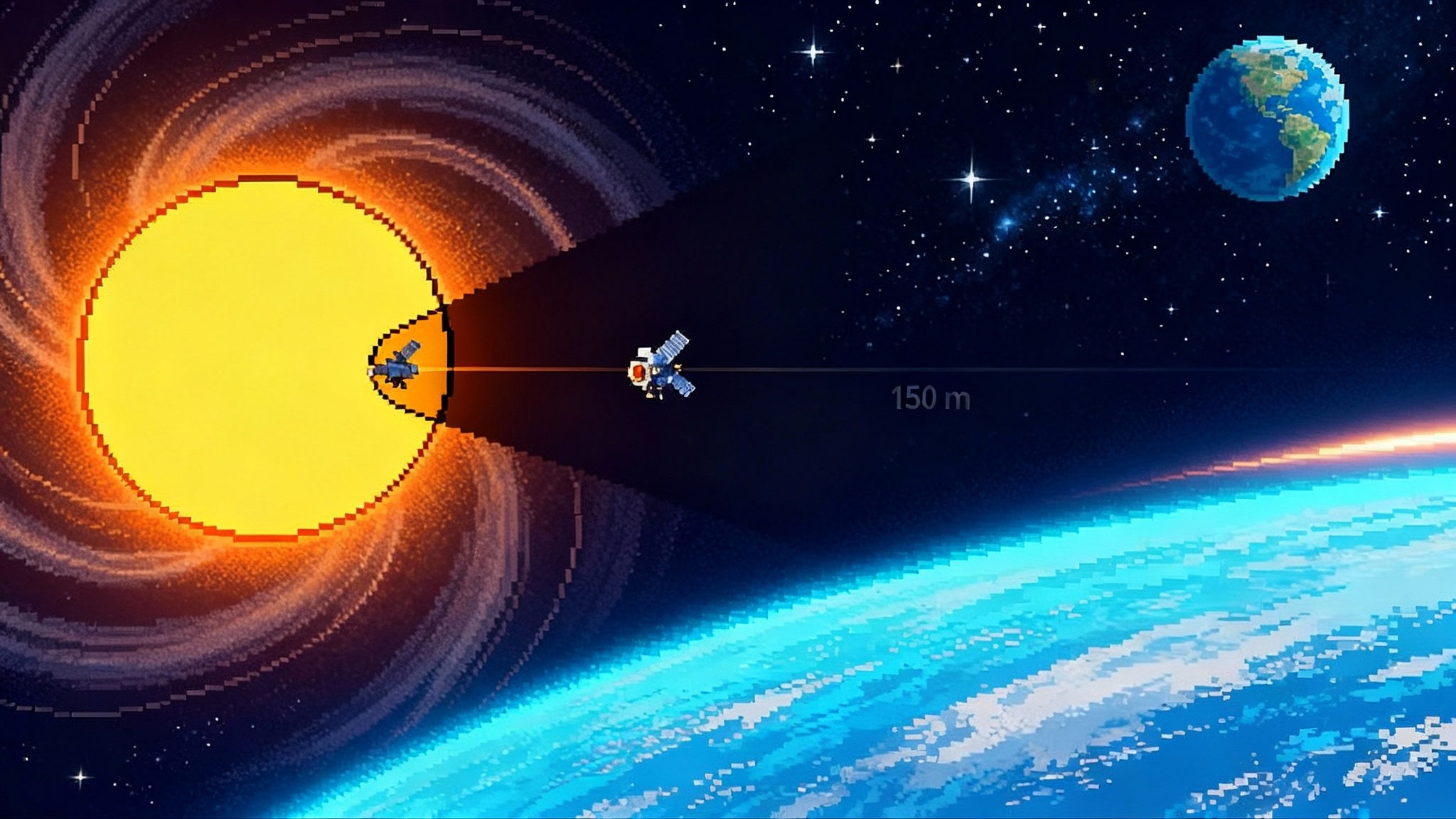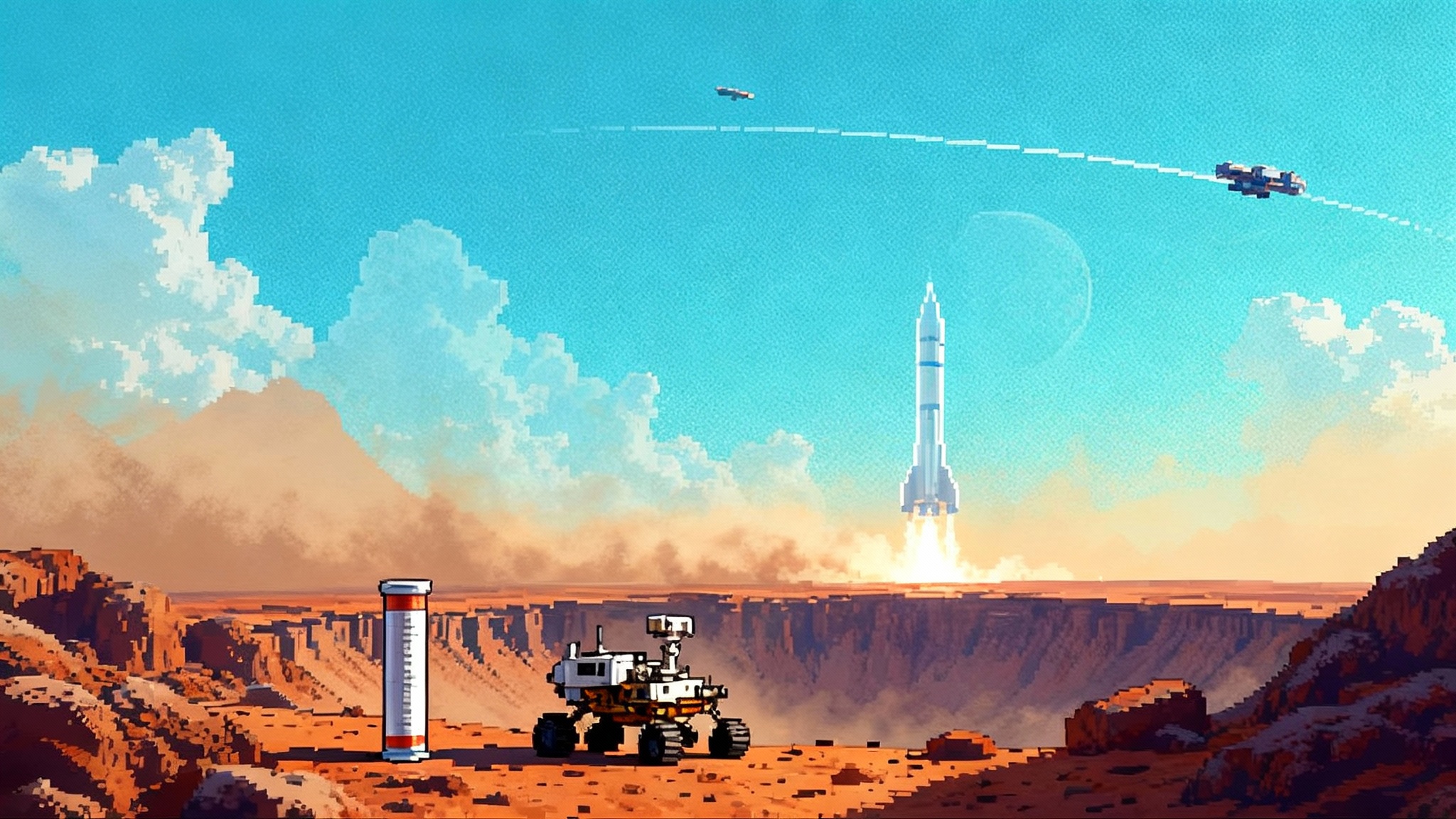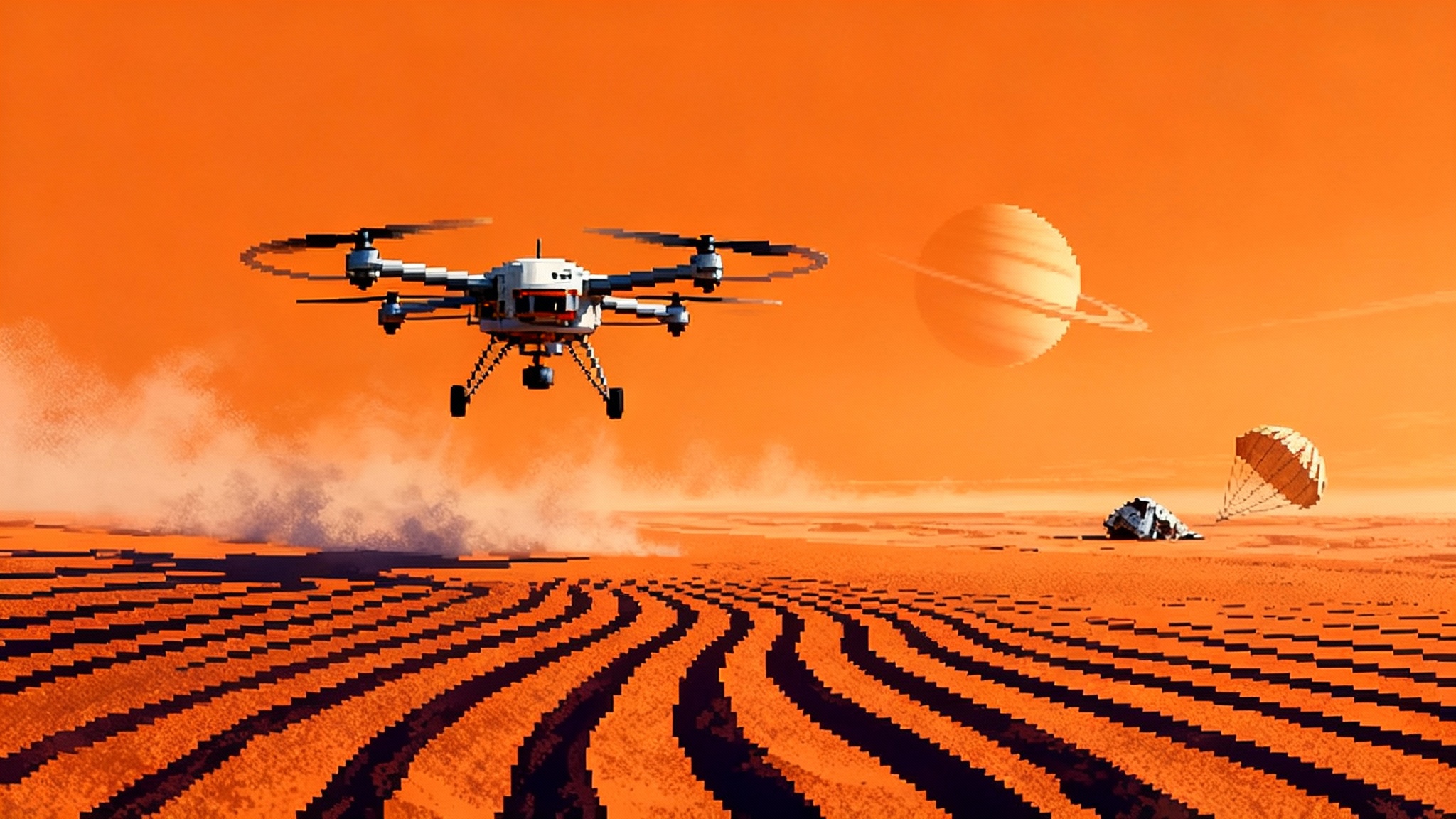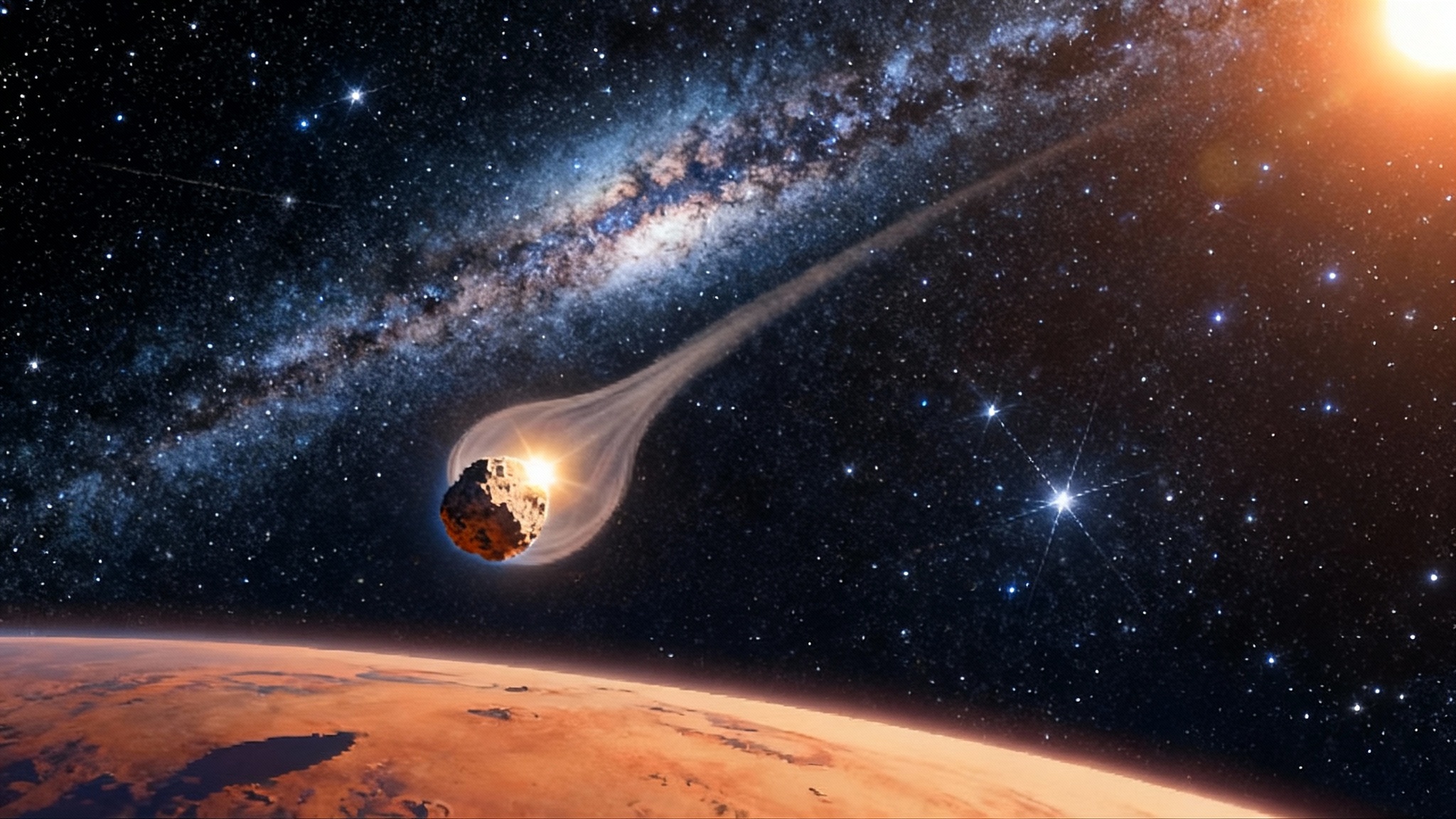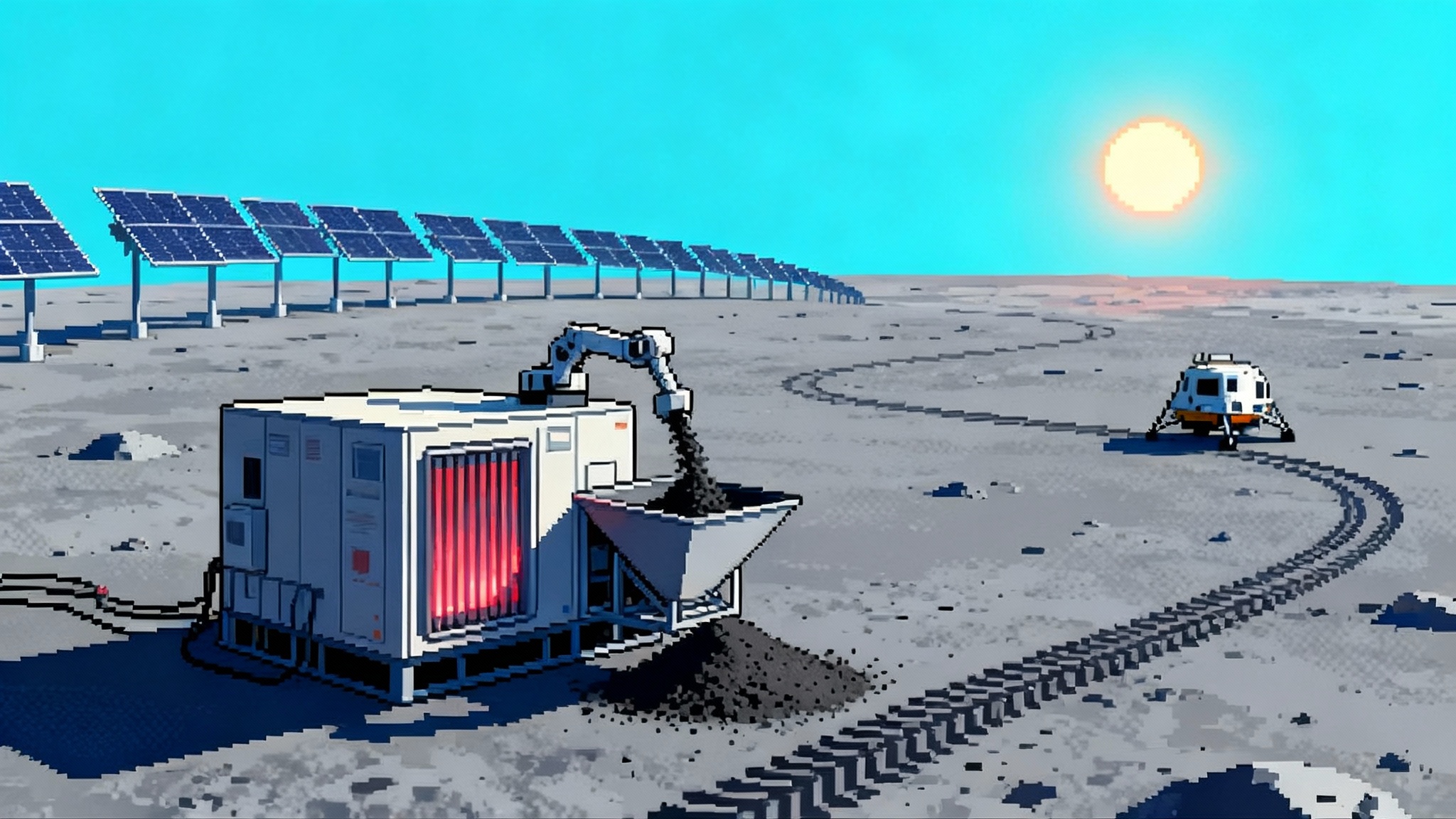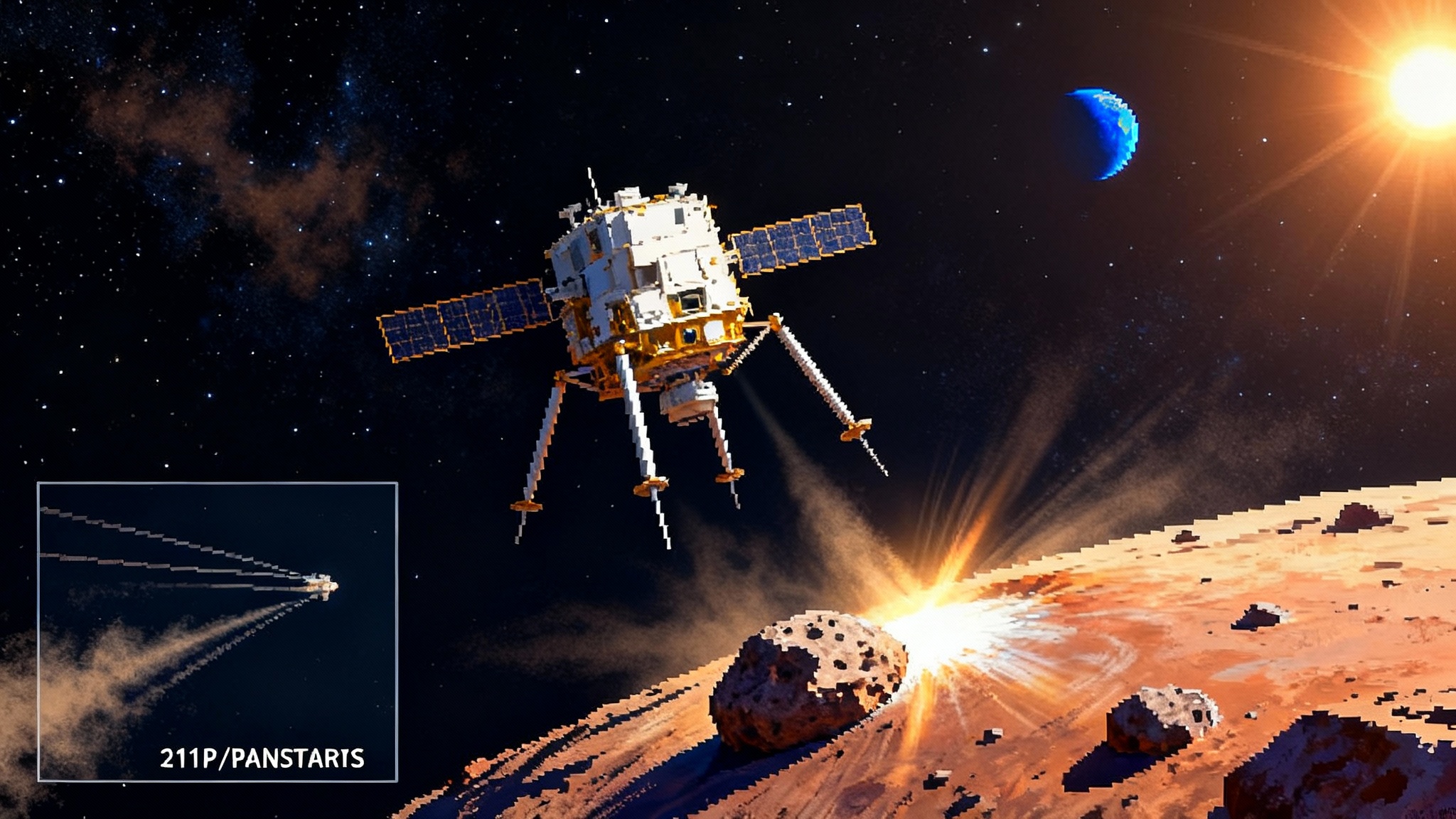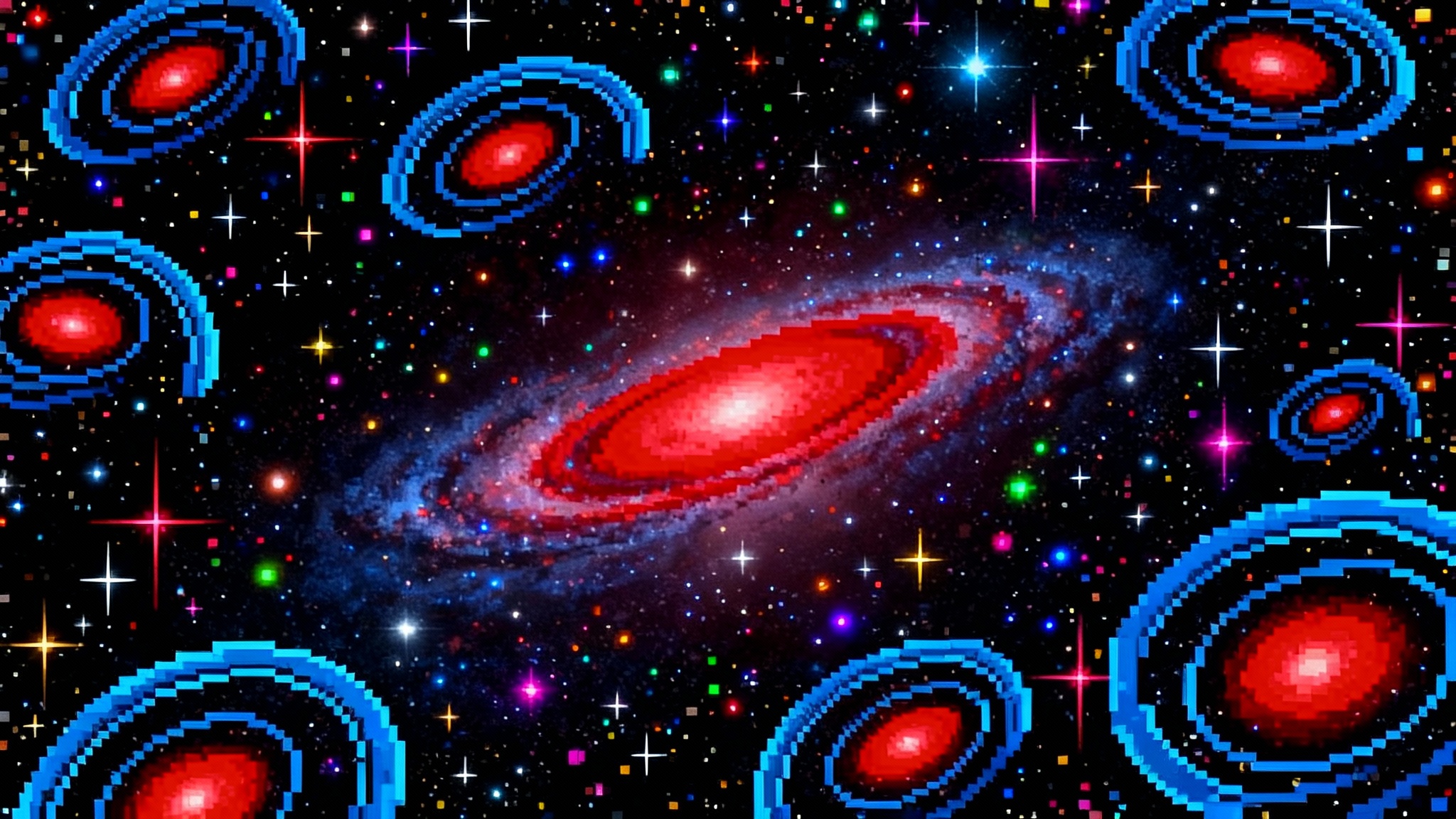Rubin’s First Look: How LSST Alerts Will Turbocharge Discovery
LSST commissioning has begun, and Rubin Observatory’s minute-scale alerts are about to flood astronomy with millions of nightly signals. Here is how real-time discovery will reshape planetary defense, interstellar targets, and fast transients, and how to turn the firehose into results.
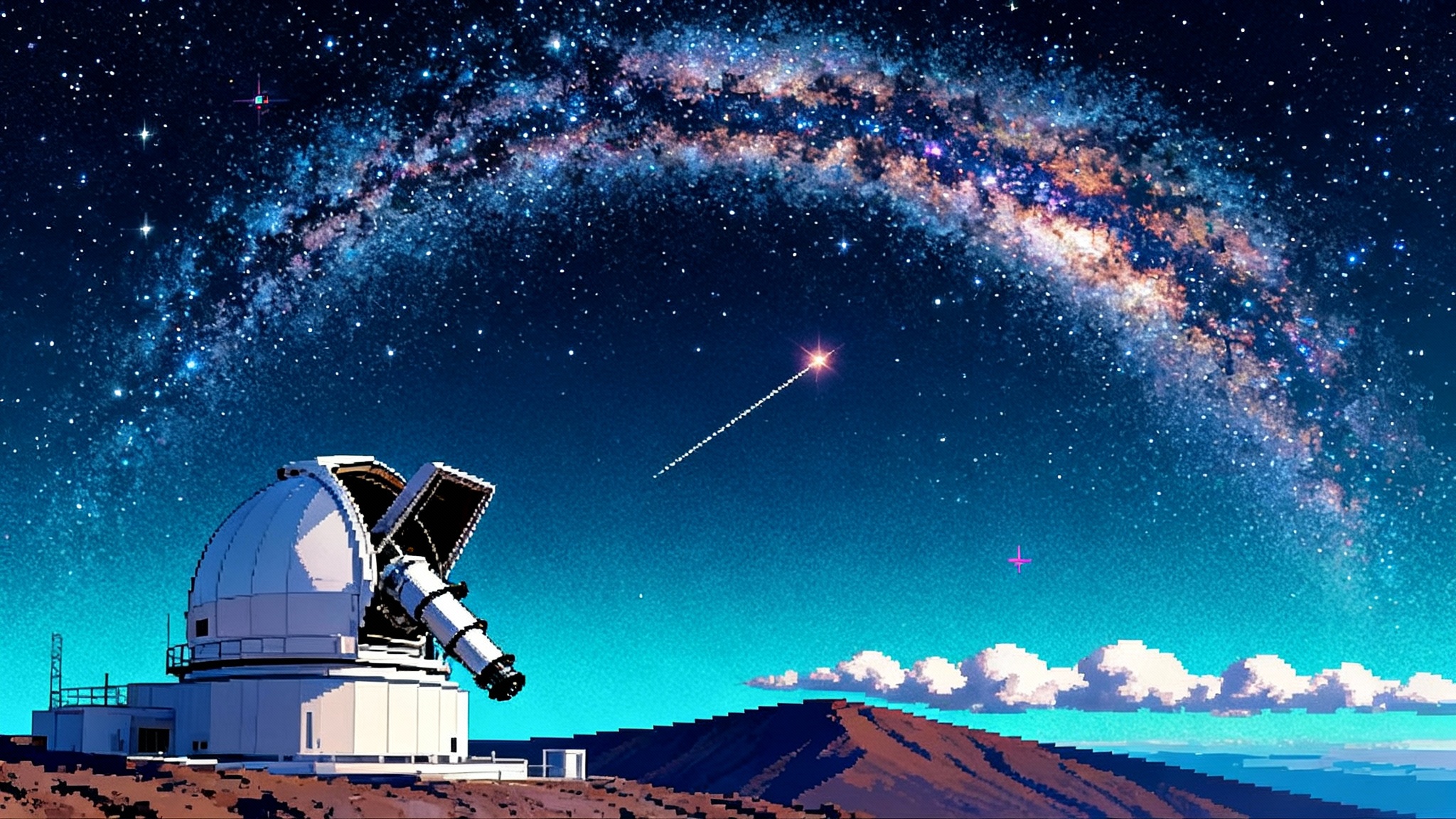
June 23, 2025: the night the sky sped up
Rubin Observatory’s first public images arrived on June 23, 2025, and with them the start of LSST commissioning. It was the moment the sky changed pace. The telescope on Cerro Pachón had already been a marvel on paper. Now photons from the southern sky were flowing into a pipeline built to turn raw starlight into decisions within minutes.
This is different from every deep survey that came before. Rubin’s Legacy Survey of Space and Time is designed to scan most of the visible southern sky again and again, building a movie rather than a scrapbook. The camera is gigantic, the field of view is wide, and the software is built to shout when something changes. For a decade we have previewed this vision. With commissioning underway, the real-time universe is now a lived experience. For background on the facility and survey design, see the Rubin Observatory overview, which explains the hardware and strategy without the hype of launch-day headlines.
Cadence as a superpower
LSST’s cadence is the heartbeat of the program. The telescope swings from field to field, gathering paired exposures at each visit, then returning days later to see what moved or brightened. The wide field lets it cover the sky quickly. The regular revisits give it memory. Together they deliver two abilities that rarely coexist at scale: sensitivity and speed.
Over time this cadence builds depth for cosmology and galaxy evolution. Night by night it fuels rapid discovery. A near-Earth object that streaks slightly between paired exposures can be spotted and linked across nights. A supernova that brightens over days stands out from its host galaxy’s steady glow. A kilonova that fades in hours can be flagged before it disappears. The cadence is a strategy for time, not just for area. For a complementary big-survey view, compare with Euclid’s first data, which emphasizes depth and mapping over rapid alerts.
From photons to alerts in about a minute
The engine that makes this useful to everyone is the alert stream. Each time Rubin processes a field, it subtracts a static reference image from the new exposures. Anything new or changed pops out. Those detections get packaged with context like historical light curves, nearby objects, and image cutouts. The system then publishes alerts within roughly a minute of shutter close.
This is not a trickle. It is a flood. Expect millions of alerts on a typical clear night. That scale makes it impractical for scientists to sip directly from the firehose. Instead, community brokers ingest the stream, apply machine learning and domain filters, and rebroadcast specialized feeds. Some brokers focus on supernovae. Others flag moving objects. Others score strange and rare transients. You subscribe to what you care about and let the machines do the triage.
Planetary defense gets a new tempo
For planetary defense, LSST’s rhythm matters more than its headline depth. Near-Earth asteroids are small, faint, and moving. Discovery is a race between detection, linkage, and follow-up. Rubin’s alert system accelerates each stage.
- Discovery. Paired exposures help confirm that a streak is real and moving. Repeated visits enable linking between nights to yield an initial orbit.
- Reporting. Newly linked moving objects are quickly sent to the clearinghouse of record, the Minor Planet Center. You can browse the Minor Planet Center’s NEO Confirmation Page to see candidates awaiting fast observations.
- Characterization. Once confirmed, an object’s brightness, color, and apparent motion hint at size and orbit class. That information drives rapid decisions such as scheduling radar, spectroscopy, and photometry. The earlier the alert, the more likely we secure a radar window or capture a rotation period before the object fades.
This tempo does not solve everything. Rubin looks at night and at moderate solar elongations, so it will not catch the toughest sunset grazers that NEO Surveyor aims to find from space. Trailing losses still matter for fast movers. Weather still limits cadence. But across a decade, the combination of depth, sky coverage, and speed should add tens of thousands of new near-Earth objects, with a meaningful fraction flagged early enough for characterization and, when needed, hazard assessment.
The biggest shift is habit. The community will learn to treat NEO discovery as a streaming process, not a nightly report. That favors networks that are already nimble: rapid-slew telescopes for follow-up photometry, radar schedulers ready to pencil in same-week tracks, and a community that treats the MPC confirmation list as a to-do queue rather than a bulletin board.
Interstellar interlopers get less lucky
Since 2017 we have found only a couple of interstellar visitors, and each was a scramble. With LSST, serendipity is still part of the game, but it is less cruel. The survey’s cadence and depth increase the odds that inbound interstellar objects are noticed while still distant and faint, rather than after they are already departing. For a sense of the science payoff, revisit why this interstellar comet matters.
How many will we find? Estimates vary because the unknowns are big. The population depends on how often planetary systems eject debris and on how those fragments reflect sunlight. The practical answer is reassuringly simple. LSST will dramatically increase the number of snapshots we take of the sky every clear night, especially at the faint end. More snapshots at greater sensitivity means more chances to catch something unusual moving on a path that does not close.
Early discovery is everything for interstellar targets. If an alert fires while the object is still inbound, the community can coordinate spectroscopy to look for ices and organics, schedule dense photometric monitoring to measure rotation, and even assess mission concepts for a fast flyby. All of that depends on lead time. A day is interesting. A week is powerful. A month can be transformative.
Fast transients find their partners
Short-lived cosmic events suffer from the same scarcity of time. A star shredded by a black hole, a nova in our galaxy, a supernova’s first light, or the fading optical counterpart to a gamma-ray burst can evolve on human timescales. The alert stream creates a reliable early warning channel. Brokers can cross-match with high-energy triggers, radio surveys, and gravitational-wave notices. Observatories can pre-commit to shadow the Rubin cadence, opening spectrographs and polarimeters within hours, sometimes within minutes.
This turns the transient sky into a coordinated performance. A kilonova candidate appears in the broker feed. A nearby telescope confirms color evolution. A large observatory grabs a spectrum to check for r-process features. Meanwhile, the Rubin pipeline continues to feed updated photometry into the same broker topics, tightening models and improving the odds of catching rare phases.
The pipeline behind the curtain
Rubin’s real-time system is not just fast. It is disciplined. The difference images are built from carefully curated references. Photometric and astrometric calibrations are updated as the system learns. Artifacts are flagged. Each alert carries machine-readable context so that you do not need to chase down the original images to make a first decision.
For solar system work, moving object pipelines attempt to link detections into tracklets within a night and then link those tracklets across nights. Probabilistic methods handle missed detections and crowded fields. When the system produces a candidate orbit with uncertainties, that goes to the MPC for worldwide vetting. What used to take days of human checking can now proceed within hours, with people focusing on the highest value steps.
For transients, the quality of the alert cutouts and historical light curves is key. Brokers can derive quick colors, compare against libraries of known types, and assign scores. Scientists can set up rules to auto-respond only when scores cross a threshold, which is how you protect your telescope time when the alert stream explodes during dense seasonal coverage.
Mission planning in the age of alerts
Rapid discovery alters how we think about missions, not just observations. Consider four concrete effects over the next decade:
-
Fast radar and physical characterization. When LSST flags a new near-Earth asteroid and brokers elevate its priority, observers can hit it with light curves and colors within a night and request radar within days if geometry allows. Early physical constraints feed into impact probability updates and remove guesswork from risk communication.
-
Agile intercept concepts. With even a few extra weeks of warning for small inbound objects, mission designers can evaluate ride-along intercepts that piggyback on existing launch opportunities or use high-thrust upper stages. The key is early detection plus precise ephemerides. LSST provides the former and seeds the latter. For a taste of agile mission design, see how ESCAPADE on New Glenn rewrites the interplanetary playbook.
-
Target lists for detailed spacecraft visits. Over ten years, Rubin will identify a deep catalog of unusual small bodies. High-inclination NEOs, ultra-slow rotators, contact binaries, and dormant comets all make excellent targets for specialized missions. With a rich stream of light curves and colors, planners can build balanced menus that serve both science and planetary defense.
-
Interstellar contingency planning. If LSST spots an interstellar object weeks before perihelion, the community can run playbooks for rapid follow-up and share early constraints that feed into predesigned flyby mission concepts. Even if launch windows remain too tight, the scientific return from well-timed ground and space observations will dwarf the panic-chasing of past events.
Citizen science joins the watch
The real-time sky is not only for big observatories. Amateur and student observers can make material contributions when the cadence is fast and the alert formats are open. Here is what participation will look like:
- Follow confirmation lists. The MPC’s NEO confirmation queue is a direct path to useful work. Small to mid-sized telescopes can nail short follow-up arcs that turn candidates into orbits. Coordinated teams in multiple time zones can hand off targets through the night.
- Join broker channels. Many brokers offer public topics for high-interest events. Subscribing to a filtered feed lets small observatories and school programs pick their spots and accumulate reliable wins.
- Contribute training data. Citizen science platforms can host streak-finding and transient-vetting challenges that improve broker classifiers. A field labeled by thousands of volunteers becomes a sharper filter across the entire survey.
The most potent citizen contribution is continuity. LSST will not see everything every night. A small telescope can land the critical two or three extra points that turn a maybe into a measurement.
What commissioning means for the next year
Commissioning is a period of learning and tuning. Expect the cadence to evolve as engineers adjust parameters and scientists map early systematics. The alert stream will grow from carefully curated pilots to robust operations. The community will test and retest broker filters, refine triage thresholds, and find where human review is still essential.
This is also a time to set norms. Early success will come from teams that treat alerts as shared infrastructure. Publish your triage criteria. Share your classifier performance. When you build an automated response plan, assume others will depend on it to schedule their own telescopes. The ecosystem works only if it is transparent and predictable.
How this decade changes
By the time LSST reaches steady survey mode, you can expect a few structural changes in how we do discovery and planetary defense:
- We move from catalogs that age by months to feeds that age by minutes. The default mode becomes subscribe and respond, not download and analyze later.
- We get used to early uncertainty and quick updates. Alert packets are good enough to act, then get better as more data arrives. Teams will design observations that are resilient to shifting priors.
- We normalize rapid, global coordination. One hemisphere gets the alert. The other picks up the trail. Radar locks in. Space assets choose spectroscopic modes. The baton passes and keeps moving.
- We make room for surprises. The best part of a fast survey is that it makes it harder to miss the weird. Anomalous accelerations, odd light curves, unexpected color changes, or unusual orbital elements will pop above the noise floor of our attention more often.
A first look is also a first promise
June 23, 2025 will be remembered for the images that announced a new capability, but the real legacy of that date is the promise that alerts will arrive quickly enough to change what we do next. Whether it is a tiny asteroid skimming past Earth, a new supernova lighting up a distant galaxy, or an inbound visitor from another star, the outcome depends on lead time. Rubin Observatory and LSST are about to give us more of it, more reliably, and at the scale where discovery becomes routine.
That is the gift of cadence. The sky is not just glittering. It is speaking in real time. Our job for the next decade is to listen well, respond quickly, and turn those minutes of warning into science, safety, and shared excitement.
